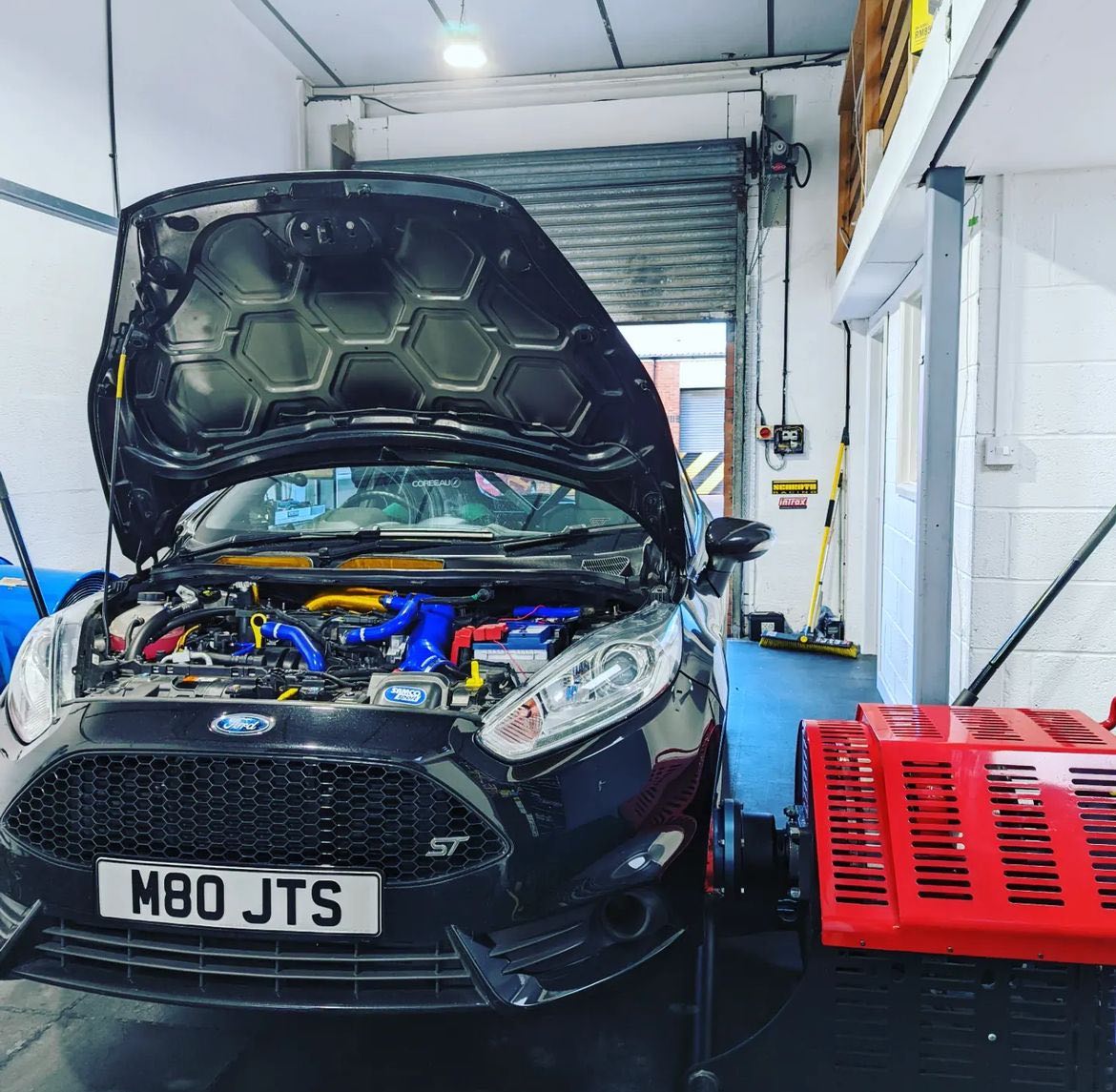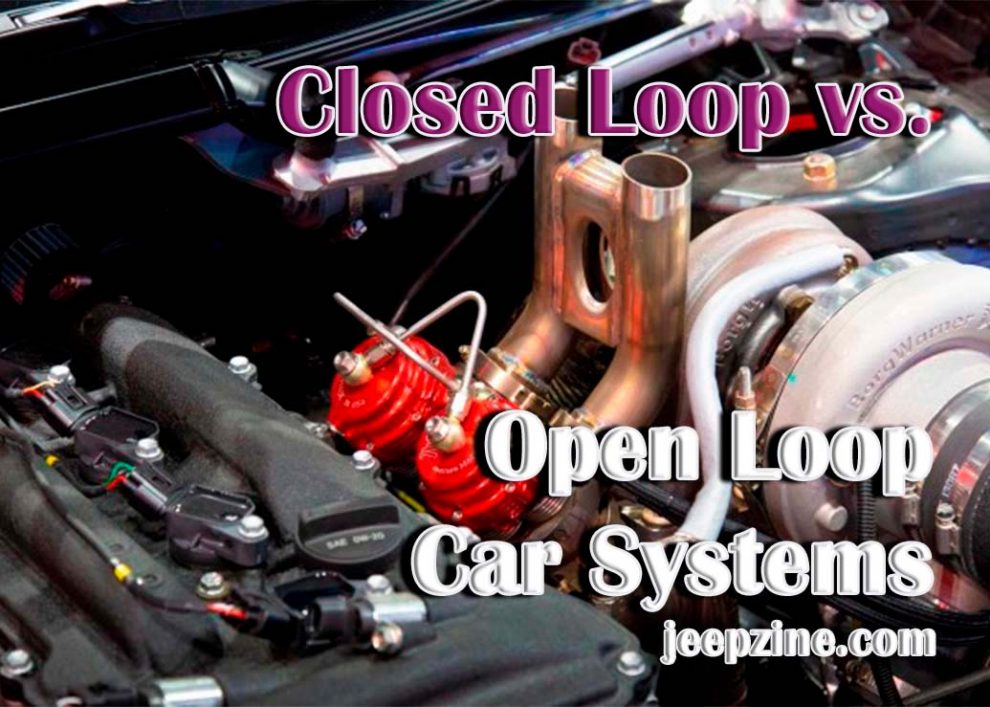Technological progress in the automotive industry has rendered cars more efficient and dependable than ever before. With the introduction of open loop and closed loop car systems, car manufacturers have improved their vehicles’ performance and safety. Open loop and closed loop car systems are two different fuel control systems used in modern vehicles. This article will define both systems and explain their advantages and disadvantages. Additionally, readers will understand how these systems affect a vehicle’s performance. By understanding open loop vs. closed loop car systems, drivers can make informed decisions when it comes to modifying their cars or investing in new ones.
What Is an Open Loop Car System?

What Is a Closed Loop Car System?
A closed loop car system is a type of fuel delivery system that monitors and adjusts air-fuel ratios through feedback from an oxygen sensor in the exhaust manifold or catalytic converter. This sensor measures oxygen levels in the exhaust and sends signals to the ECM, which adjusts engine parameters for optimal performance. Additionally, this system will use EGR to reduce emissions by directing some of the exhaust gases back into the intake manifold when needed, further improving fuel efficiency and overall performance.
Advantages and Disadvantages of Open Loop Car System
The primary benefit of an open loop car system is its simplicity. It does not require any feedback from the oxygen sensors, so it is relatively easy to install and maintain. Additionally, this type of system is more cost-effective than a closed loop system, as it does not require additional components for operation.
However, the lack of feedback can lead to suboptimal fuel efficiency and performance in some conditions. The ECM cannot make real-time adjustments based on changing conditions as closed loop systems can. Additionally, closed loop systems are less reliable than closed loop systems when it comes to emissions control, which can result in higher emissions levels from your vehicle than necessary.
Advantages and Disadvantages of Closed Loop Car System
A closed loop car system offers better fuel efficiency and performance than an open loop system due to its ability to make real-time adjustments based on data from oxygen sensors. It also provides more reliable emissions control when compared to an open loop system since it uses EGR for further reductions in emissions levels. Furthermore, this system requires fewer repairs and replacements due to its self-adjusting capabilities.
On the downside, a closed loop car system can be more expensive than an open loop one due to the need for oxygen sensors and other components, such as EGR valves or catalytic converters, for proper operation. Installing a close-loop car system may also require modifications or replacements of existing parts, adding further installation costs. Additionally, a closed-loop car system may be more complicated than an open-loop one for some users since several components are involved in its operation that need adjusting or maintenance if necessary.
How Do Open and Closed Loops Work in Your Vehicle?
Both open loop and closed loop car systems rely on the ECM to adjust the vehicle’s engine parameters for optimal performance. In an open loop system, the ECM uses data from sensors such as throttle position, engine speed, and air temperature to adjust fuel delivery. On the other hand, a closed-loop system uses feedback from oxygen sensors in the exhaust manifold or catalytic converter to adjust air-fuel ratios for better efficiency and performance. Additionally, EGR can be used in a closed-loop system to reduce emissions further by recirculating some of the exhaust gases back into the intake manifold when necessary.
Conclusion
Open loop and closed loop car systems are different fuel delivery systems used in modern vehicles with different benefits and drawbacks. Open-loop systems are simpler and more cost-effective but may not provide optimal performance or fuel efficiency. In contrast, closed-loop systems can make real-time adjustments based on feedback from oxygen sensors for improved efficiency. Still, they may be more expensive due to additional components required for operation. Ultimately, it is up to each driver or vehicle owner to decide which system best suits their needs or budget.

